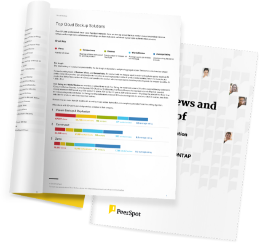Our company uses the solution for forecasting capacity and performance via cloud visualization that is maintained by Dell. The solution is a maintenance tool that is used by our storage and backup teams to view PowerScale and our cloud.
The tool for forecasting capacity is valuable.
PowerScale…




